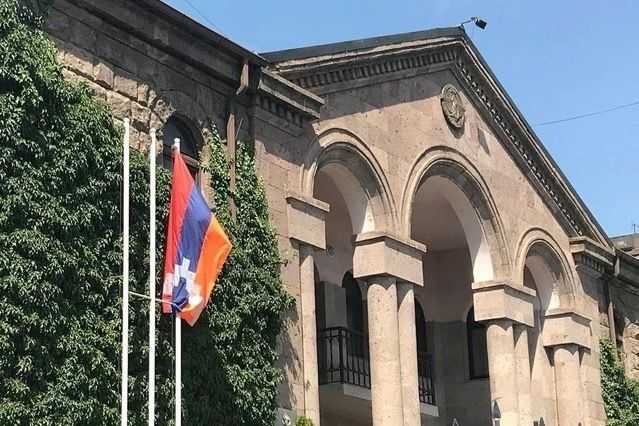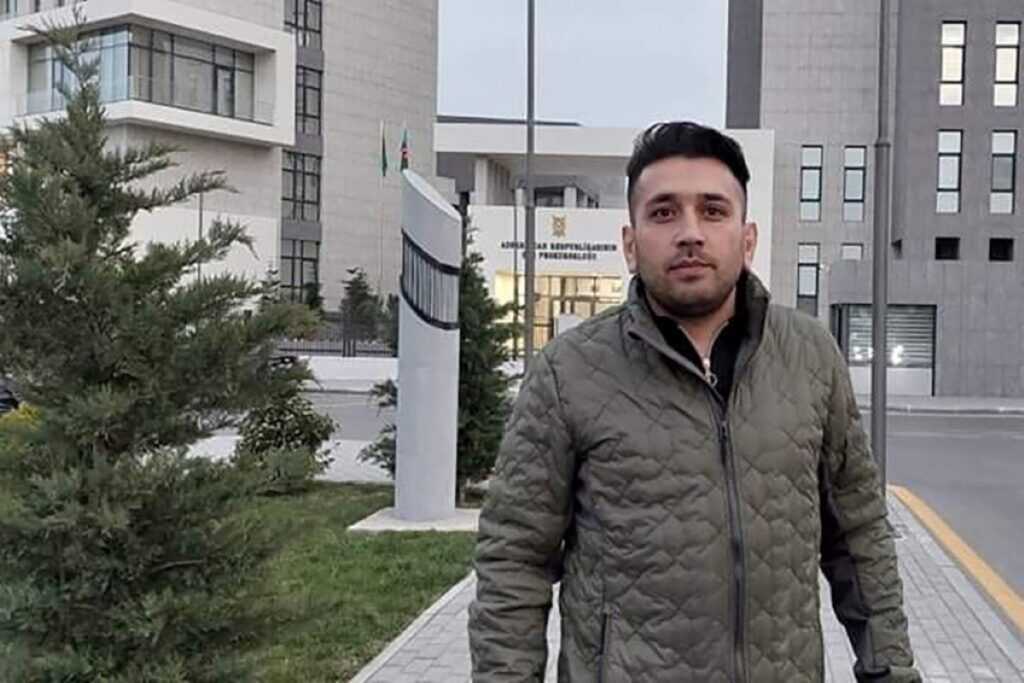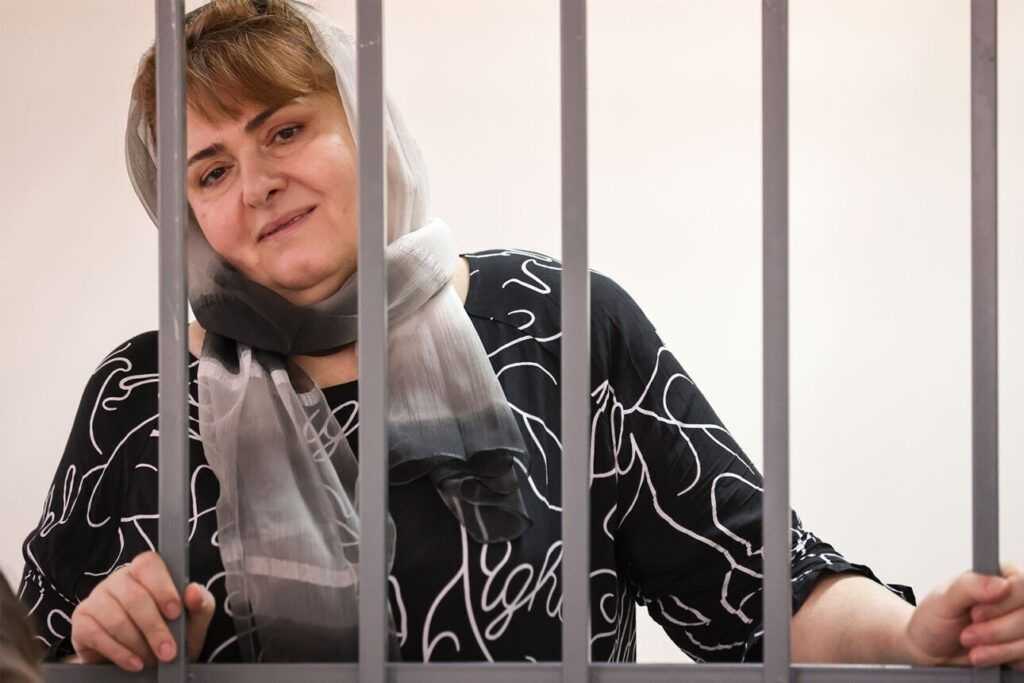
US President Donald Trump has claimed that he stopped a war between ‘Aber-baijan’ and Albania during a long-winded rant to conservative talk show host Mark Levin. Trump has repeatedly struggled to correctly pronounce Azerbaijan in public statements.
Trump’s comments were an apparent reference to the conflict between Azerbaijan and Armenia and the recent meeting he hosted at the White House between Armenian Prime Minister Nikol Pashinyan and Azerbaijani President Ilham Aliyev. During the meeting, the two leaders signed a joint declaration and initialled, but did not sign, a peace treaty.
The comments came amidst a list of seven conflicts that Trump claimed he had resolved in the first six months of his second term as president.
Following an apparent assertion that the India–Pakistan war was the ‘easiest’ to solve, he went on to discuss the Armenia–Azerbaijan conflict.
‘A lot of amazing, amazing things. You saw the Aber-baijan. That was a big one going on for 34, 35 years with, uh, Albania. Think of that. I mean, going on for years, and I got to know the heads, and I got to know them through trade. I was dealing with them a little bit, and I said, “Why are you guys fighting?” Then I said, “I’m not gonna do a trade deal if you guys are gonna fight”. It’s crazy’.
Trump then continued addressing the issue, describing the circumstances of the Pashinyan–Aliyev meeting in the White House.
‘Anyway, one thing led to the other and I got that one settled. And that was one that people said is not — you couldn’t settle it. Even when I had them both in the Oval Office at the end, when they were getting ready to sign, they were sitting next to each other. They were trying to get away. They didn’t feel good. By the end of an hour, they were hugging each other and congratulating each other. It was beautiful to watch, actually’.
The White House meeting resulted in both Aliyev and Pashinyan signing a seven-point declaration enshrining the progress towards peace, as well as initialling a 17-part peace deal. Nonetheless, the peace agreement remains unsigned officially, as Azerbaijan has demanded that Armenia change its constitution as a precondition. It is unknown when the peace treaty will ultimately be inked.
Perhaps the most tangible outcome of the meeting was the announcement of a plan, dubbed the Trump Route for International Peace and Prosperity (TRIPP), to connect Azerbaijan to its exclave of Nakhchivan, through Armenian territory. The route is intended to be managed by a yet-unnamed US company.
Both Pashinyan and Aliyev said they would nominate Trump for a Nobel Peace Prize, something he has long openly coveted.












